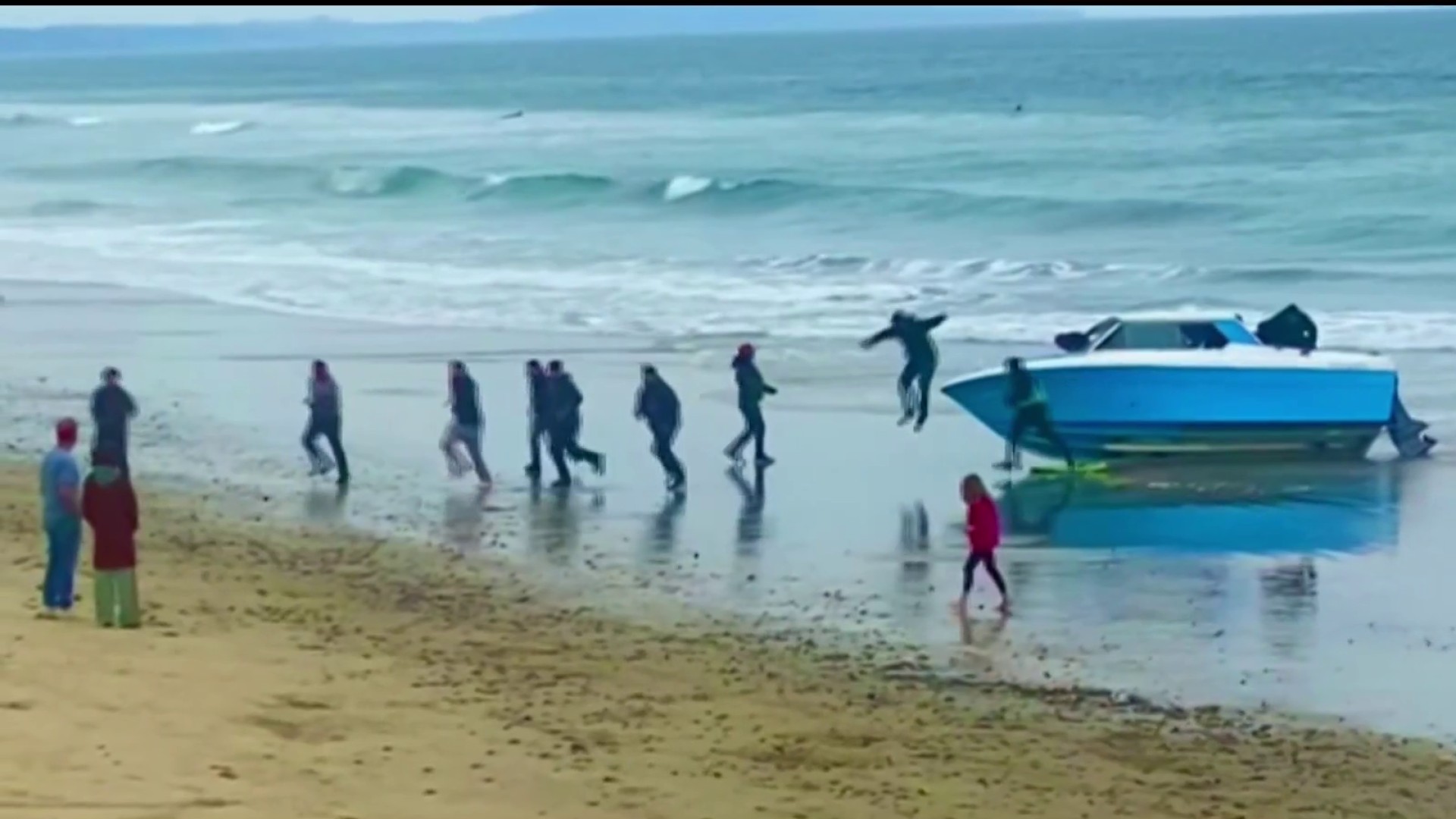Tropical Storm Lidia weakened into a depression as it marched up Mexico's Baja California Peninsula on Saturday after flooding streets and homes in resort cities, stranding tourists and leaving at least five people dead.
Lidia's maximum sustained winds dropped to 35 mph (55 kph) late Saturday as its center passed over a sparsely populated area of the peninsula that is home to a large nature reserve and back out over Pacific waters.
Authorities have said the death toll could rise over the weekend as emergency crews surveyed the damage in villages with ramshackle homes. One person was considered missing and video broadcast on local networks showed vehicles being swept away by flooded rivers.
Baja California Sur Gov. Carlos Mendoza reported that Lidia had dumped about 27 inches (700 millimeters) of rain, "the largest amount of water we have had since 1933."
The dead included two people electrocuted by power lines, a woman drowned after being swept away by water on a flooded street and a baby was ripped from its mother's arms as she crossed a flooded area. Mendoza said late Friday that there was a fifth victim but did not give details.
State Tourism Secretary Luis Genaro Ruiz said about 20,000 foreign tourists were stranded after airlines suspended flights to the area.
About 1,400 people had sought refuge at storm shelters as the storm flooded streets and stranded tourists.
Local
The U.S. National Hurricane Center said Lidia made landfall early Friday west of La Paz, the capital of Baja California Sur state.
The storm was centered about 95 miles (150 kilometers) north-northwest of Punta Eugenia on Saturday night and was heading northwest at about 10 mph (17 kph).
Earlier Lidia spread rains over a broad swath of Mexico including the capital.
The hurricane center forecast that some of the storm's tropical moisture would affect the U.S. desert Southwest over the Labor Day weekend, including parts of western Arizona, southern California and southern Nevada, in the form of scattered showers and thunderstorms.
Far out over the Atlantic, meanwhile, Hurricane Irma was following a course that could bring it near the eastern Caribbean Sea next week. It had maximum sustained winds near 110 mph (175 kph) and was moving west at 14 mph (22 kph).
There was no immediate threat to land, and no coastal watches or warnings were in effect.



